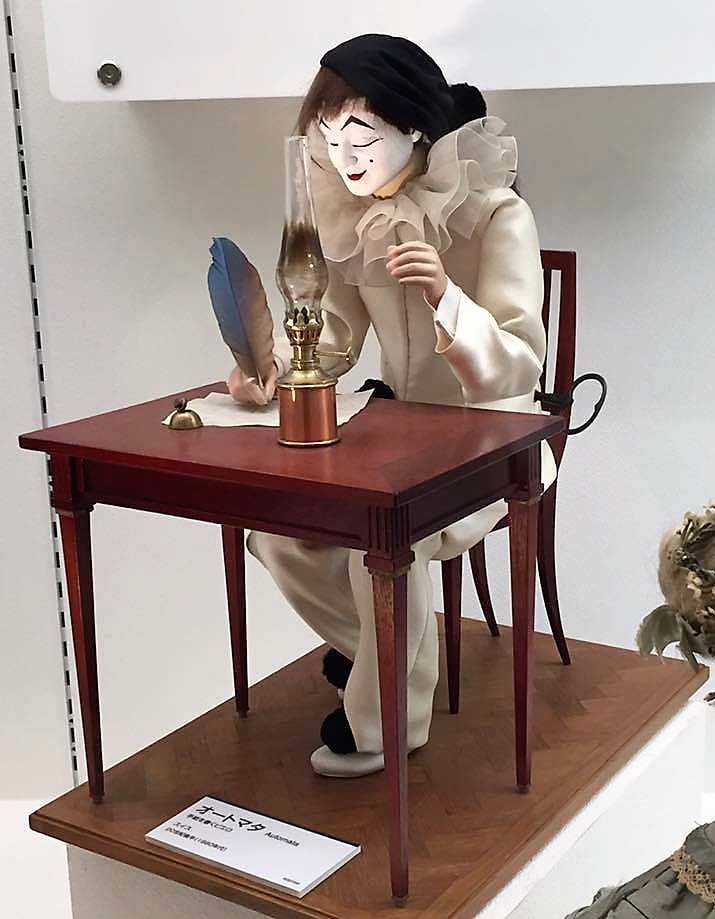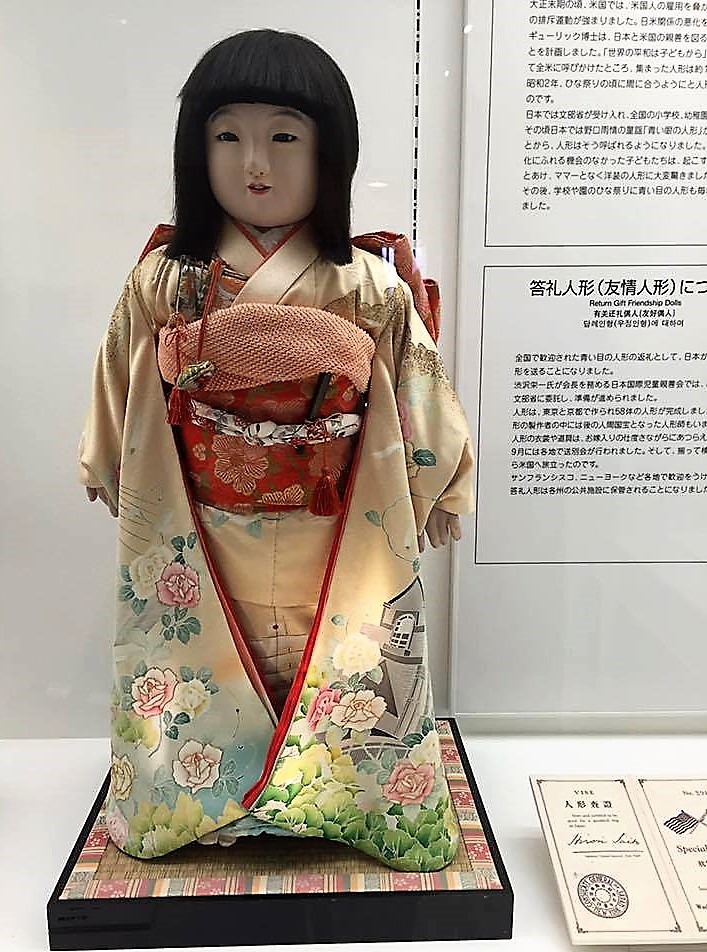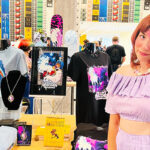.
Situated on the western coast of Tokyo Bay, the port city of Yokohama serves as the capital of Kanagawa Prefecture. As the second most populous city in Japan, it comprises the Tokyo-Yokohama metropolitan area, the largest urban agglomeration in the country.
The city is located less than half an hour south of Tokyo by train and is a great destination for those seeking a short day trip away from Tokyo. Yokohama is home to numerous gardens, parks, museums, and amusement parks; therefore, you will find something to please even the most finicky among your travel group.
.

.
The Yokohama Doll Museum, for instance, is a wonderful sightseeing spot and a timeless place that brings together people of all ages. The Museum is one of the largest doll museums in Japan with 1,300 rare dolls from 140 countries on display.
It opened in March 1979, after the city received a large donation of dolls belonging to Hideko Oono. Over time, the museum’s collection grew, and to house it the current facility was established in 1986. The Yokohama Doll Museum has four floors which feature several galleries and exhibition halls for the permanent collection as well as a special exhibition area, a theatre, a café, and a shop.
In addition to its extensive doll collection, the Museum also introduces visitors to the doll making method and offers them the opportunity to actually see and touch the various tools and materials used in the process. Not only are visitors introduced to the craftsmanship of Japanese doll making but the craftsmanship of western doll making is also compared and contrasted, offering an interesting perspective into the various regional techniques.
The dolls come in all shapes, sizes, and materials. You will find dolls on display representing various celebrities, sportsmen, and politicians as well as traditional Japanese dolls and dolls from countries like New Zealand, Peru, Russia, Spain, and many more.
The Japanese dolls are categorized into dolls used for prayer, play, and for display. There is a nice collection of Ichimatsu Ningyo (Ichimatsu dolls) that were popular during the Edo period (1603-1867). These antique dolls dressed in spectacular kimonos became significant pieces presented as wedding gifts during the early 20th century. In 1927, fifty-eight of these dolls were sent to the United States as gestures of goodwill during the Friendship Doll Exchange campaign.
.

.
Each year with the coming of spring, the museum brings out its Hina dolls in celebration of Hinamatsuri. Hinamatsuri otherwise known as Doll’s Day or Girl’s Day is celebrated on March 3rd and involves an elaborate display of dolls representing the Emperor, Empress, attendants, and musicians in traditional court dress of the Heian period, all arranged on tiered platforms.
.
The museum is constantly updating its doll collection and organizes various temporary exhibits throughout the year; therefore, there is something new and different to see with each visit. When you are done viewing the various dolls on display, make your way to the puppet show theater or grab a bite to eat at the café.
The museum is open daily between 10:00 AM and 4:30 PM. (Closed on Mondays, year end and New Year holidays.)
Location: 18, Yamashita-cho, Naka-ku, Yokohama, 231-0023
.
Photo credits: The author.
『Kristine’s Eye on Japan: Introduction to Japanese Culture』
Writer: Kristine Ohkubo
.
.
.
(3/1/2022)




